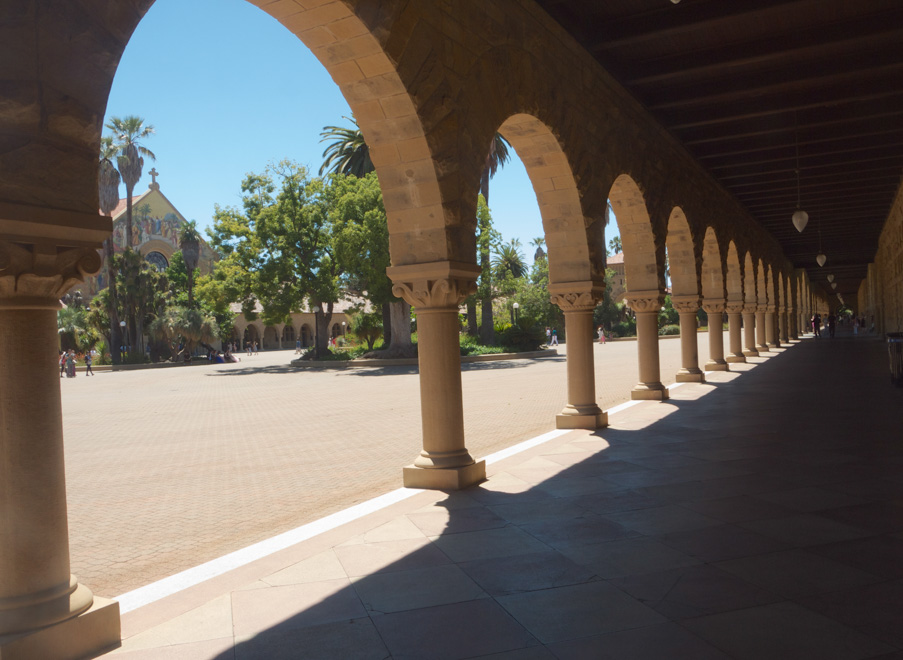John Hansen M.D. ’70, a renowned immunologist at the Fred Hutchinson Cancer Research Center (Fred Hutch), died of pancreatic cancer on July 31 at his home in Mercer Island, Washington. He was 76 years old.
Having worked as a clinical researcher at Fred Hutch in Seattle from 1977 until his retirement last year, Hansen is best known for his contributions in advancing bone marrow transplant research, which has had a significant impact on the treatment of immune diseases such as leukemia and lymphoma.
“What he [Hansen] did for the National Marrow Donor Program and for Fred Hutch – he was one of the people that kept the machine working … so that other people could be performers,” said Robertson Parkman, an adjunct professor in pediatrics at the Stanford School of Medicine, who had known Hansen for 40 years.
Parkman worked with Hansen on a task force assembled by the National Institutes of Health investigating human leukocyte antigen (HLA) chronic graft versus host disease, a condition that may occur after a transplant in which the transplanted bone marrow or blood stem cells view the patient’s body as foreign and attack the body.
When Hansen first arrived at Fred Hutch, he worked as part of the team that made bone marrow transplants a viable therapy, research for which the team’s leader, E. Donnall Thomas, went on to receive a Nobel Prize.
Later, Hansen headed the Fred Hutch transplant program’s clinical tissue-typing laboratory, which “developed tests to help the transplant team know whether a particular patient had a well-matched marrow donor,” according to the Fred Hutch website. This work helped broaden the pool of suitable donors from just family members to unrelated donors, thereby increasing access to transplants.
Hansen was also part of the three-person team that established the National Marrow Donor Program’s (NMDP) registry of bone marrow and blood stem cell donors, and he served on its board of directors from 1988-2004. The program has since partnered with international registries to provide doctors access to millions of donors.
“There are 10 million people worldwide that have volunteered to be a bone marrow donor for someone they don’t know, and that 10 million people is what I view as John’s major legacy,” Parkman said. “Now, about a third of all the bone marrow transplants done both on the adult side and on the pediatric side are from somebody that comes through the NMDP.”
“He [Hansen] has had a big impact on both the adult and pediatric program at Lucile Packard Hospital … a greater proportion of people can now find a donor somewhere in the world.”
While at Stanford, Hansen originally planned to pursue cardiac surgery, and he worked in the lab of Norman Shumway, a pioneer in heart transplantation and one of the pre-eminent heart surgeons of his time.
To tackle the challenge of the tendency of patients’ immune systems to reject a transplanted heart, Hansen went to London and later Minneapolis to study immunology. After studying at the University of Minnesota with Robert A. Good, who had performed the world’s first successful human bone marrow transplant, Hansen recognized immunology’s potential for developing new cancer treatments and decided to switch specialties, despite having been offered a cardiac fellowship at Stanford.
“The contributions that John made in the field of hematopoietic stem cell transplantation were extraordinary,” said Fred Hutch President and Director Gary Gilliland in Fred Hutch’s obituary for Hansen. “Measured in the number of human lives saved, few physician-scientists have had the impact that he had during his lifetime and will continue to have.”
Contact Alena Zeng at alenazeng ‘at’ gmail.com.
